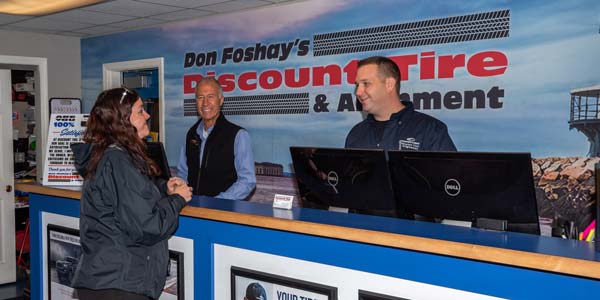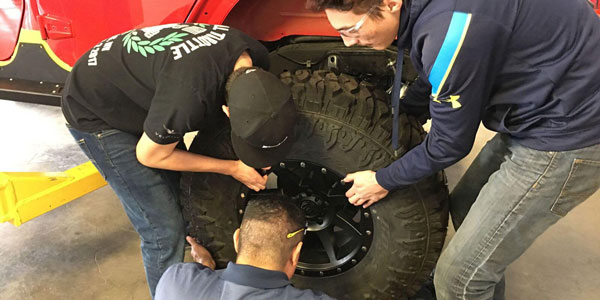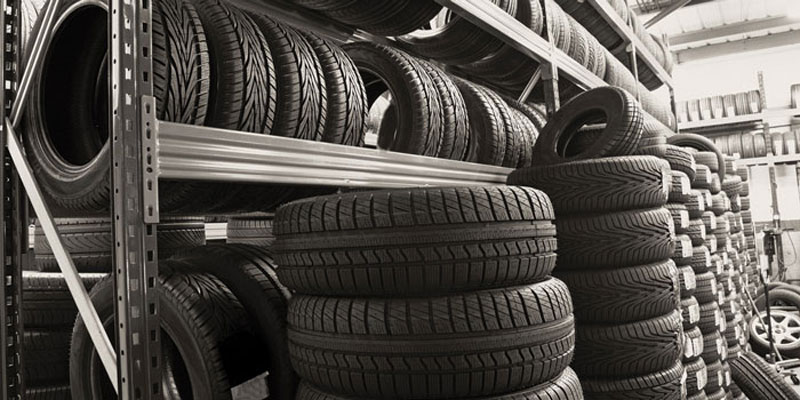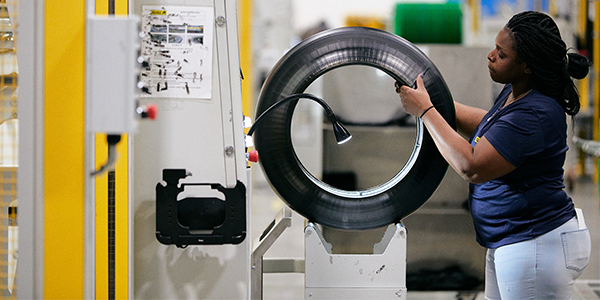Would you remove safety items from a vehicle because the customer requests it?
I know this question seems ridiculous; of course you wouldn’t. This would not only be harmful to the customer and any of their passengers, but would also affect unsuspecting future owners who will be impacted by a decision they did not make.
And then there are the legal ramifications! There is legal precedence for the customer not being held responsible for making safety-related decisions; one court in California ruled that the customer is not qualified to determine what is safe and unsafe, and that it is actually the servicing facility’s responsibility to refuse to release a car that is unsafe to be driven!
So why do I bring this up? Have I had someone request that I remove their seat belts? That I disable their ABS? Or maybe someone requested that I install smaller, cheaper brake calipers to save some money?
No, none of these; it’s tires. Yes, those black round things that are all the same and cost a lot of money to replace. The problem is they are not all the same. The auto manufacturers dictate tire load indexes and speed ratings for a reason; and it is not to enable a customer to drive 168 mph (a W-rated tire), 149 mph (a V-rated tire), or even 130 mph (an H-rated tire).
While, strictly speaking, the speed ratings on tires are determined by a tire’s ability to maintain its shape and structural integrity at the indicated speeds, it is how the tires are engineered to do this that makes them desirable to the auto manufacturer.
If you’ve ever watched a professional drag race, then you’ve likely seen rear tires stretch in height when they are warmed up. Tires have multiple rubber compounds and various materials (rubbers, steel, polyester and/or nylon, and in some cases carbon fiber and aramid materials) designed to keep the tires in the desired shape during a variety of stresses (high speeds, hard impacts, extreme and rapid load shifting).
Generally speaking, the higher the speed rating, the greater the reinforcement to handle extreme conditions. For example, the T speed rated tire on my Jeep Commander is a great fit, but when placed on one of today’s high performance sport utilities, it may increase emergency braking distance by a stunning five-plus car lengths! Think about real-life scenarios in which five car lengths may make a difference between driving away from a near miss, or enjoying Jello while on an extended hospital stay.
Does this mean that we should increase speed-ratings on every car? Absolutely not. It means that we should install tires that are the construction type built for that vehicle’s suspension and braking systems, as described by the engineers who designed the vehicle.
I would love to see that every customer intuitively understands that tires are a vital part of his or her vehicle’s safety system, but it would not be fair to expect for them to be an expert in my area of expertise; that would be my job. I also would love to see every customer instantly accept this information and apply it to his or her next tire purchase, but I know that this will not happen in every case; people get to choose.
So what can I hope for? That every automotive service professional would take the time to educate and persuade their customers to make the right choice on their safety component replacements. That every automotive service professional would choose to protect their customers, their customers’ passengers, people who share the road with these vehicles, and if needed, their employer’s assets by refusing to reduce the safety of a vehicle, even if it means losing a buck.
There is still something to be said for education, and choosing the high road, even if it is the road less traveled. And a lot of customers will thank you for it.
David Newman
Dealer Tire
Tire Service Advisor













